Flores Sea
Discover the Beauty of the Hidden Gem of Indonesia
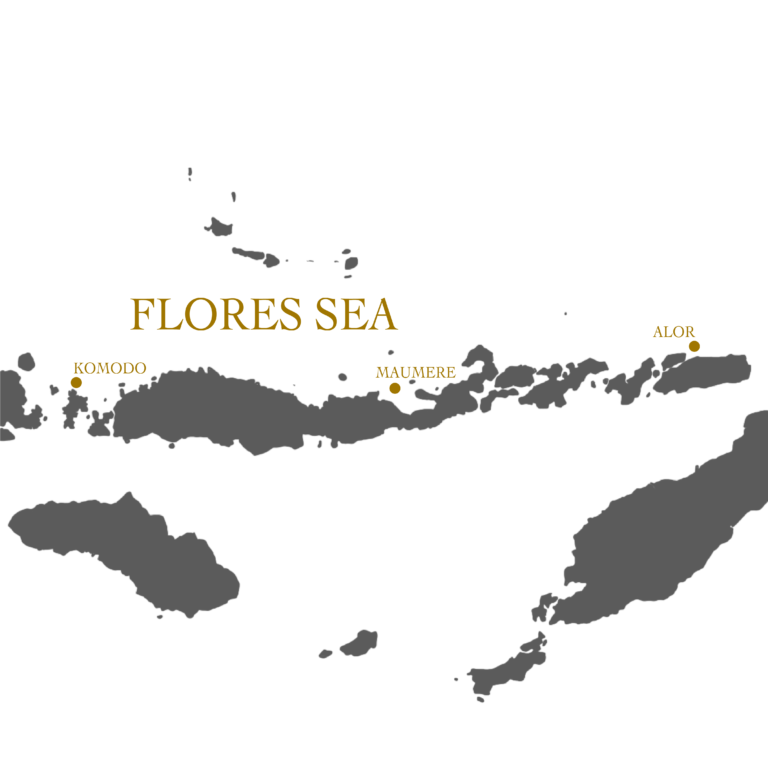
Where is Flores Sea
The Flores Sea is part of the Coral Triangle, known for its biodiversity, and is a must-visit for divers looking to explore untouched marine ecosystems. Whether you’re interested in wide-angle photography of the reefs or macro photography of the sea’s smaller inhabitants, the Flores Sea offers a rich and rewarding diving experience. Remember, the best time to dive here is during the dry season, which runs from April to December.
What to see in Flores Sea

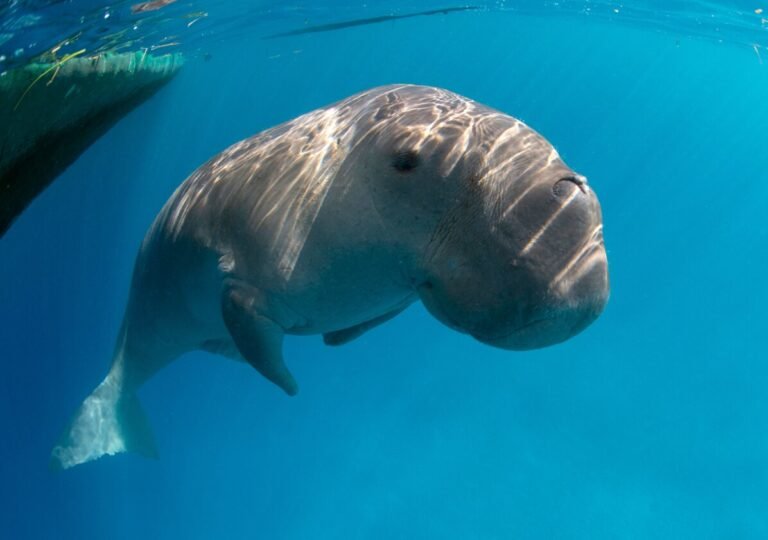
The Flores Sea, nestled between the islands of Flores and Sulawesi in Indonesia, offers a mesmerizing array of underwater wonders and cultural treasures. Divers are drawn to its vibrant coral reefs teeming with diverse marine life, including colorful fish, turtles, and even occasional sightings of sharks and manta rays. Above the waterline, traditional fishing villages dot the coastline, offering a glimpse into the rich cultural heritage of the region, where age-old customs and traditions endure. The sea’s crystal-clear waters, coupled with breathtaking sunsets, create an enchanting backdrop for exploration and relaxation alike, making it a must-visit destination for adventurers and culture enthusiasts alike.
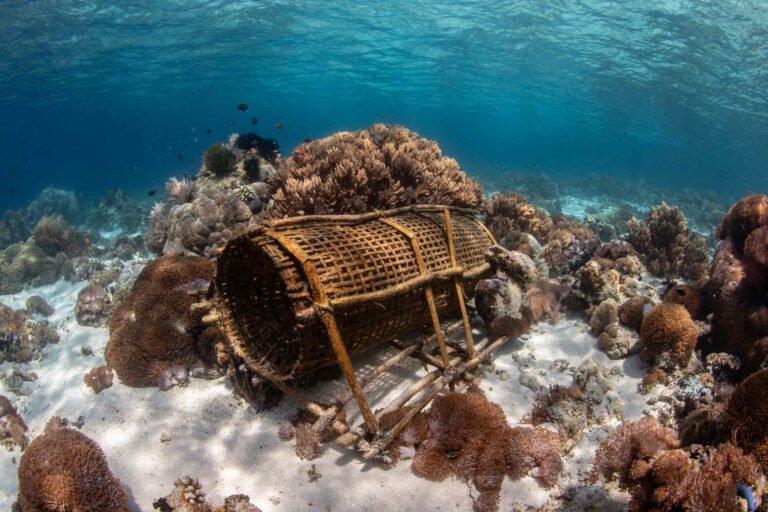

Komodo
The climate in the Komodo National Park is one of the driest in Indonesia. The national park experiences little to no rainfall for approximately 8 months of the year & is heavily impacted by monsoonal rains. Daily temperatures during the dry season between May to October average around 40°C. Due to this dry climate, the land is rough with stony hills & plant species are limited to grass, shrubs, orchids, & trees. In contrast, the marine area has a rich & colourful landscape.
The area is famous for its fierce currents, riptides, & whirlpools which bring in rich nutrients from the depths of the Indian Ocean to create ideal conditions for thousands of species of tropical fish & corals to flourish.

Maumere
Maumere Bay is very beautiful, surrounded by volcanoes & other mountains. The islands on the outer edge of the bay have nice coral reefs with steep walls covered with hard corals & large sea fans. Pulau Besar is the largest of the islands with high mountains & together with Dambilah & Pangabatang it forms a barrier to the water flowing in & out of the bay. Dolphins & pilot whales are common & can be seen during the whole year, mostly if the sea is calm. Sperm whales can be seen during the rainy season from November to December. The best time to see whale sharks seems to be April & May.
Maumere is renowned for its vibrant coral reefs, featuring an array of hard and soft corals in various shapes and colors. The reefs are home to a rich diversity of marine life, providing an excellent backdrop for underwater exploration.
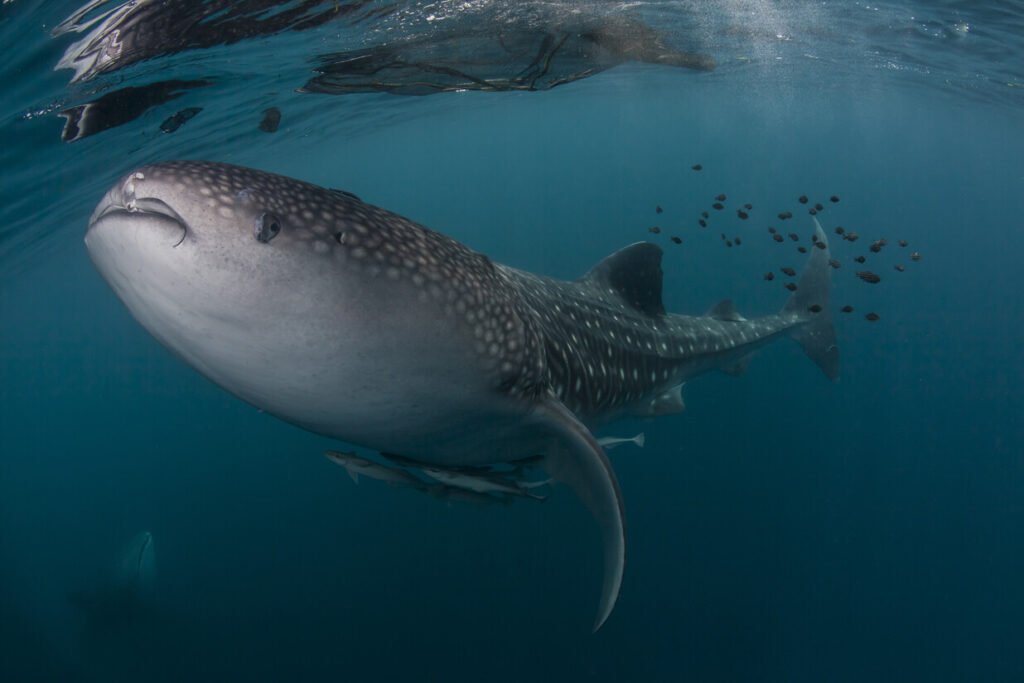
Saleh
Immerse yourself in the crystal-clear waters of Saleh Bay, where the gentle giants of the ocean beckon. Our diving adventures offer intimate encounters with whale sharks, set against a backdrop of lush coral gardens and abundant marine life. Whether you’re a seasoned diver or taking your first plunge, Saleh Bay promises an unforgettable underwater experience. Join us for a journey of discovery and wonder in the heart of Indonesia’s aquatic wilderness.
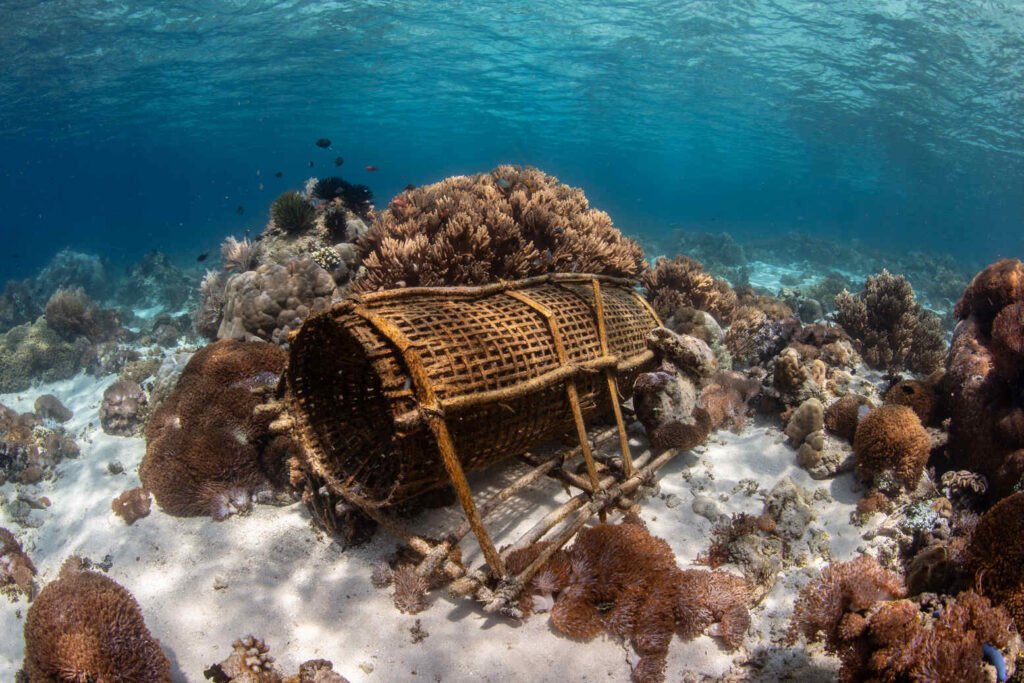
Alor
Alor Regency includes the islands of Alor, Pantar, & Pura. Alor is noted as an area of tremendous cultural & linguistic diversity, possibly owing to its rugged terrain. The shores are often heralded by dozens of young villagers paddling out in dugout canoes. Intrigued by divers, the children strap on their homemade goggles – constructed from bamboo & glass bottles – & freedive down. The youngsters’ energy is incredibly contagious & photogenic. As are the traditional fishermen if you catch them attending to their hand-made fish traps that they lead down to the reefs.
Some dive sites have sandy bottoms, most are covered in corals & sponges & colourful fishes dance about as though in an underwater disco. There are walls & overhangs, caves, jetties, but one area in Alor is carpeted from end to end with a rainbow of anemones. Situated in front of the village of Apuri & further to the south of Pura Island. The shallows are resplendent in the early morning, as sun rays shine through as a backdrop to highlight massive sea fans adorned with anemones.
